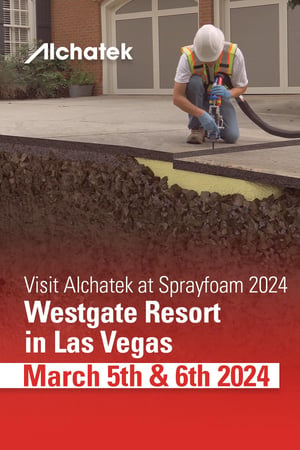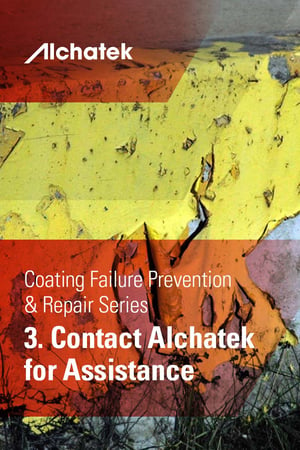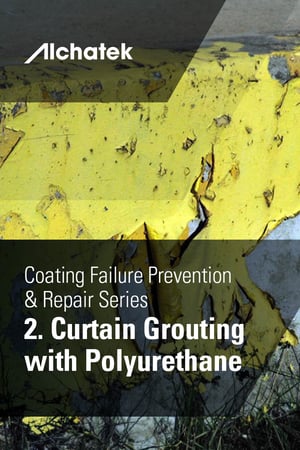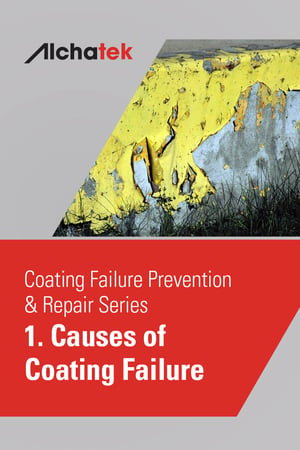

In Cape Canaveral, Florida, a heavily loaded slap stand structure was planned for construction along a transfer aisle in the Vehicle Assembly Building (VAB). This slap stand would be critical in servicing the proposed Space Launch System vehicle (SLS). However, the project faced a significant challenge when it was discovered that the near-surface subsoils consisted of loose fill materials susceptible to further densification and volume loss due to vibrations and water infiltration. With the slap stand tentatively designed to bear directly upon the ground-level floor slab of the VAB, the degree of subsoil support beneath the floor slab section became a critical concern.
Powerful Polymers
To address this issue, the geotechnical engineer of record recommended a ground improvement solution using permeation grout. Helicon, a leading soil stabilization contractor, worked alongside the geotechnical design team to develop a permeation grout program that would meet the building code load criteria. AP Soil 600, a high-strength, hydro-insensitive structural polyurethane foam, was selected as the ideal product for this project due to its exceptional ability to support heavy structures.

Painless Procedure
Helicon’s technicians installed permeation grout injection pipes on a center-to-center spacing of approximately 2 feet across each of the slap stand areas. The injection points were driven to a depth of at least 5 feet below the floor slab grade. Grout was injected at a relatively low pressure (less than 50 psi), and grout needles were slowly withdrawn during pumping to ensure a uniform distribution of grout to about 3 feet below the bottom of the slab level. The amount of grout used was carefully controlled, with less than 15 gallons per foot per injection point.
Rapid Result
The permeation grout project was a resounding success, effectively improving the load-bearing capacity of the existing soils at the site. The precise application of AP Soil 600 ensured that the slap stand structure would have a stable and reliable foundation, allowing for the safe and efficient servicing of the Space Launch System vehicle. Thanks to Helicon’s expertise and the power AP Soil 600, this piece of critical infrastructure in Cape Canaveral was reinforced and readied for countless future space exploration missions.



 Essential Details
Essential Details




 Before embarking on any bird bath repair project using the Deep Lock® process, it's crucial to consult with industry specialists. The Alchatek support team, with extensive experience in advanced pavement repair techniques, offers invaluable insights for assessing site conditions, choosing appropriate materials, and implementing effective repair strategies.
Before embarking on any bird bath repair project using the Deep Lock® process, it's crucial to consult with industry specialists. The Alchatek support team, with extensive experience in advanced pavement repair techniques, offers invaluable insights for assessing site conditions, choosing appropriate materials, and implementing effective repair strategies.

 In the previous post, the causes and consequences of bird baths in road pavement were explored. Now, attention will turn to an innovative solution for repairing these issues: the Deep Lock® process.
In the previous post, the causes and consequences of bird baths in road pavement were explored. Now, attention will turn to an innovative solution for repairing these issues: the Deep Lock® process.
 Have you ever noticed shallow, pond-like formations on the surface of roads, particularly in private neighborhoods, subdivisions, or parking lots? These are known as "bird baths" in the road surface, and they're more than just a quirk of the road. They signify deeper issues in road maintenance and safety that are crucial to address.
Have you ever noticed shallow, pond-like formations on the surface of roads, particularly in private neighborhoods, subdivisions, or parking lots? These are known as "bird baths" in the road surface, and they're more than just a quirk of the road. They signify deeper issues in road maintenance and safety that are crucial to address.
 Addressing the complexities of coating failure requires more than just a superficial understanding of the issue. It necessitates a deep dive into the technical aspects and an experienced partner to guide the process.
Addressing the complexities of coating failure requires more than just a superficial understanding of the issue. It necessitates a deep dive into the technical aspects and an experienced partner to guide the process. 


 In the field of coating failure solutions, curtain grouting with polyurethane is very effective, especially in scenarios where water intrusion is a primary concern. Curtain grouting is an effective method that not only addresses existing coating failures but also acts as a preventive measure.
In the field of coating failure solutions, curtain grouting with polyurethane is very effective, especially in scenarios where water intrusion is a primary concern. Curtain grouting is an effective method that not only addresses existing coating failures but also acts as a preventive measure.
 Coatings are more than just a cosmetic layer on a structure; they play a vital role in protecting buildings from various environmental factors. Essentially, a coating is a layer of material applied to the surface of an object, intended to protect, decorate, or add functionality. In terms of structural integrity, coatings serve as a barrier against moisture, chemicals, UV radiation, and mechanical wear. They prevent corrosion, enhance durability, and ensure that the underlying material, such as concrete, metal, or wood, remains unharmed by external elements.
Coatings are more than just a cosmetic layer on a structure; they play a vital role in protecting buildings from various environmental factors. Essentially, a coating is a layer of material applied to the surface of an object, intended to protect, decorate, or add functionality. In terms of structural integrity, coatings serve as a barrier against moisture, chemicals, UV radiation, and mechanical wear. They prevent corrosion, enhance durability, and ensure that the underlying material, such as concrete, metal, or wood, remains unharmed by external elements.
 Polyurethane foam can be used in a variety of new construction projects, from road widening to zero lot line excavation projects to a variety of complex excavation and foundation support scenarios. The use of polyurethane stabilization techniques provides clear advantages like cost-effectiveness, strength, and versatility across a wide range of situations. However, properly implementing them requires extensive technical expertise in assessing site conditions, selecting the right materials, and creating effective injection plans.
Polyurethane foam can be used in a variety of new construction projects, from road widening to zero lot line excavation projects to a variety of complex excavation and foundation support scenarios. The use of polyurethane stabilization techniques provides clear advantages like cost-effectiveness, strength, and versatility across a wide range of situations. However, properly implementing them requires extensive technical expertise in assessing site conditions, selecting the right materials, and creating effective injection plans.